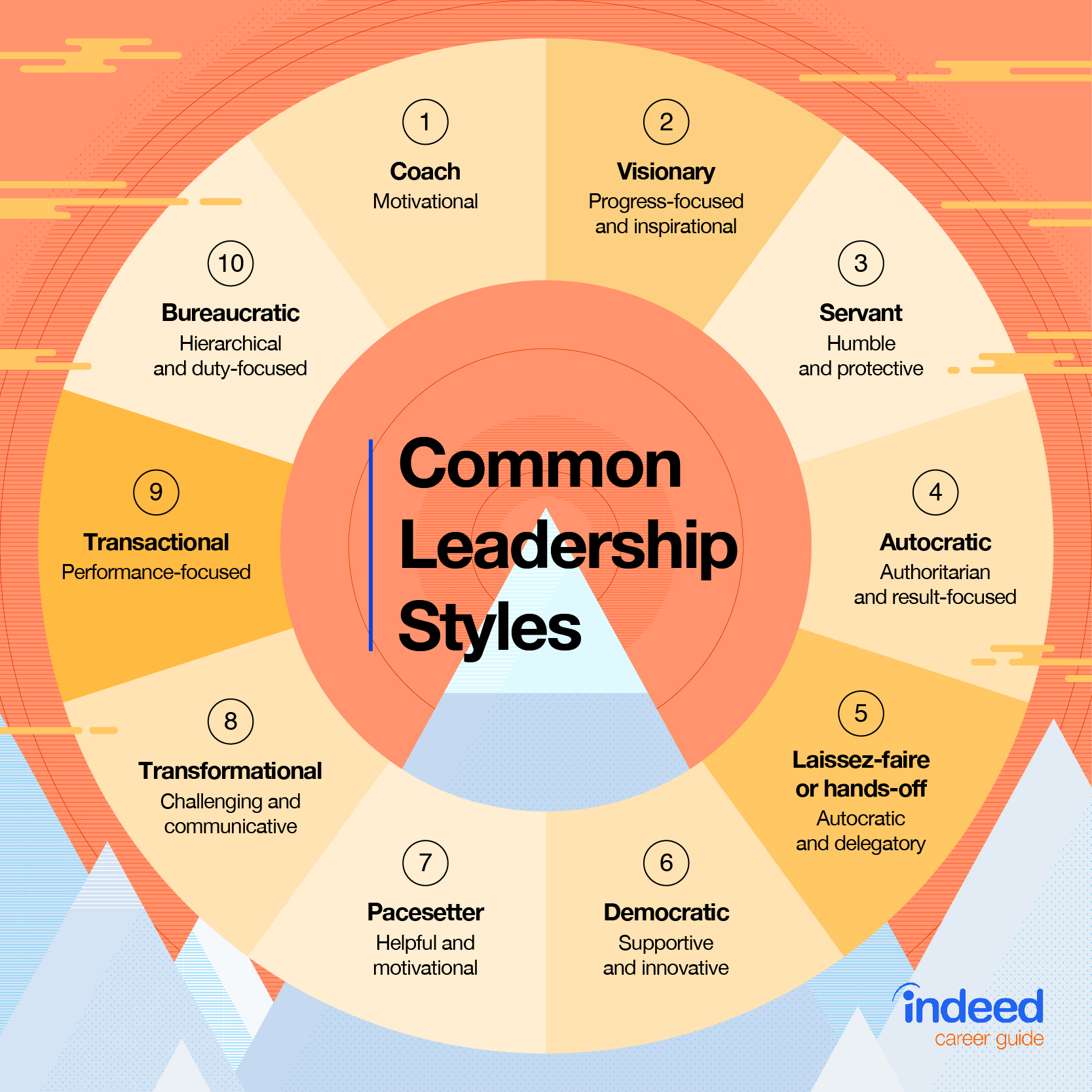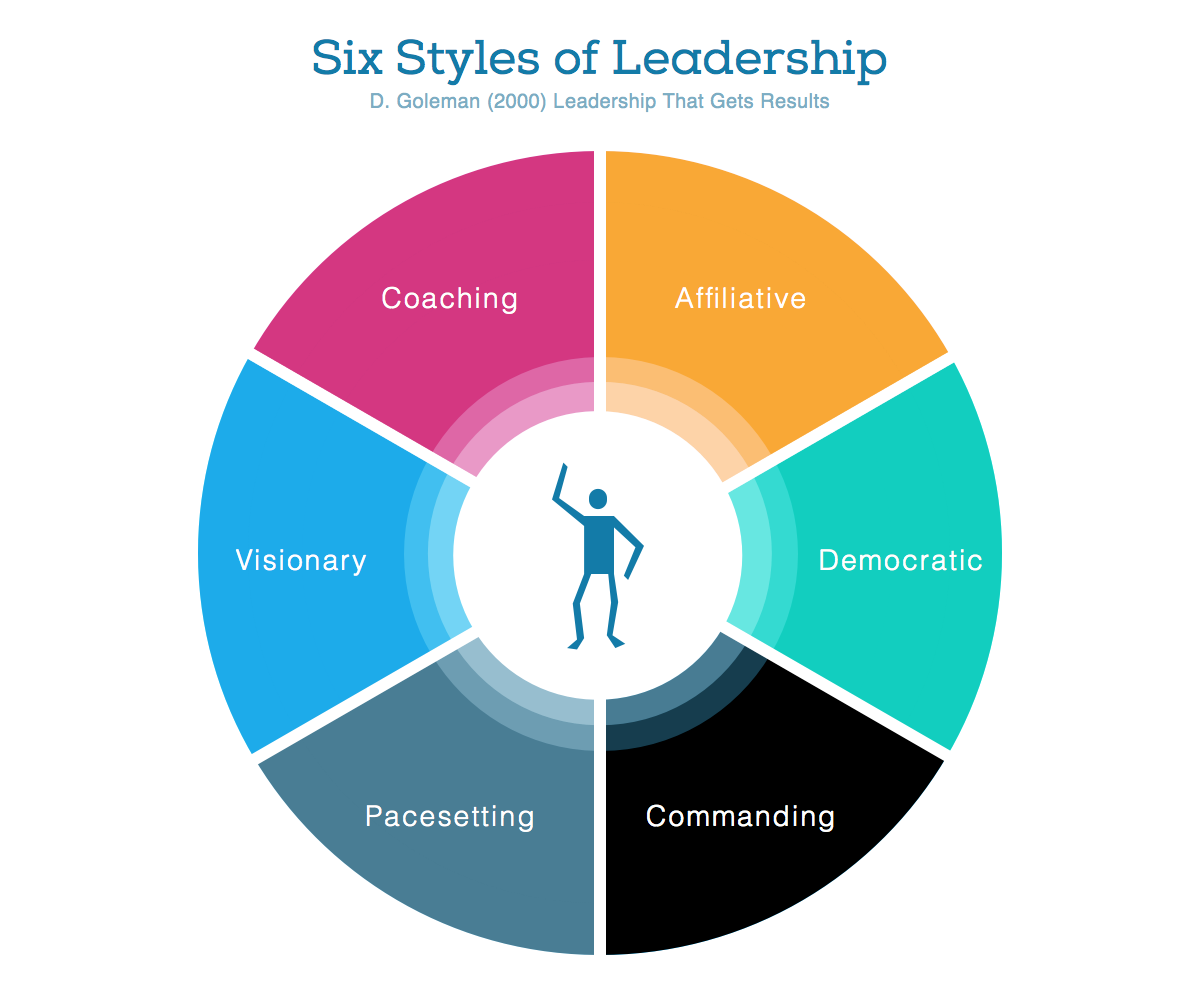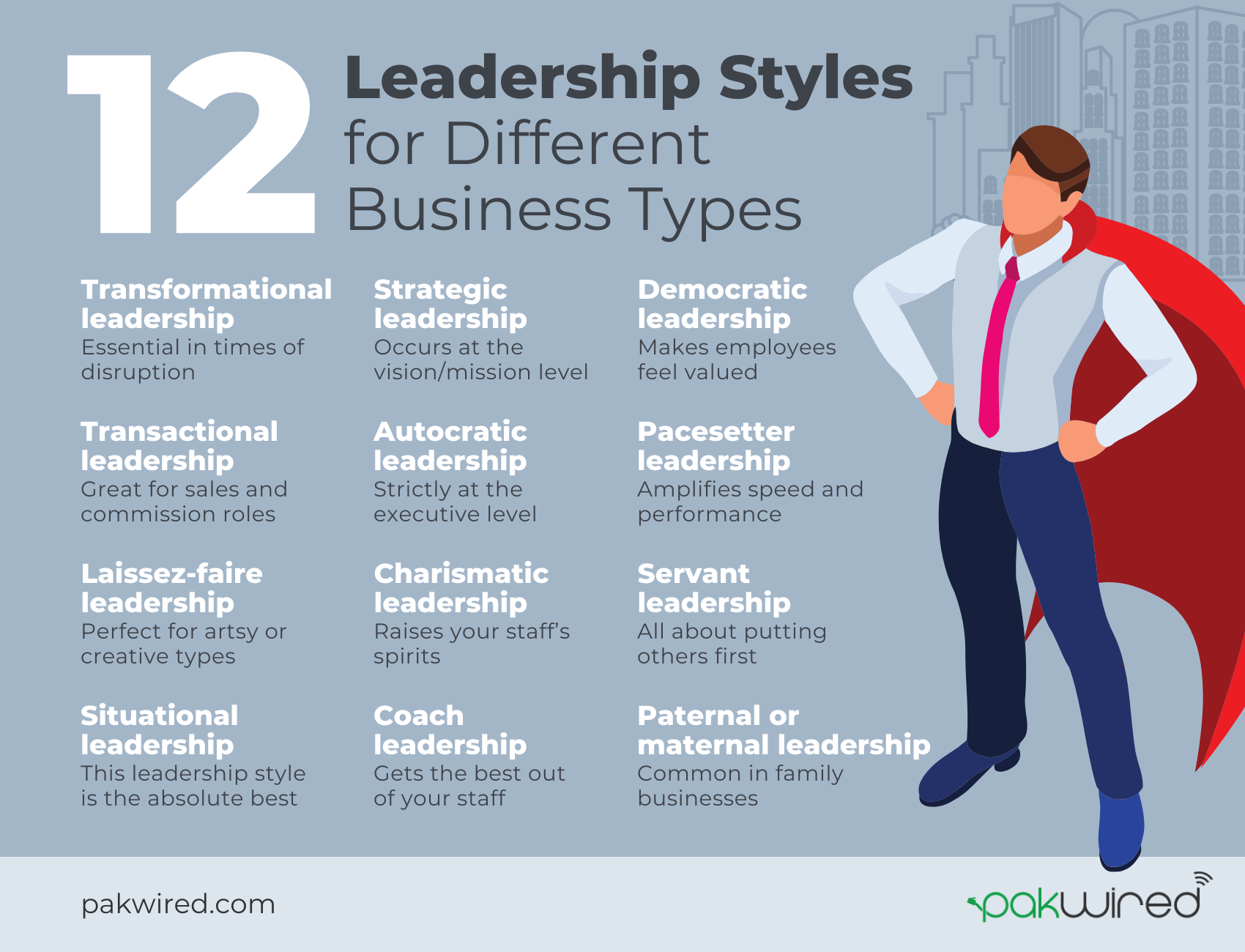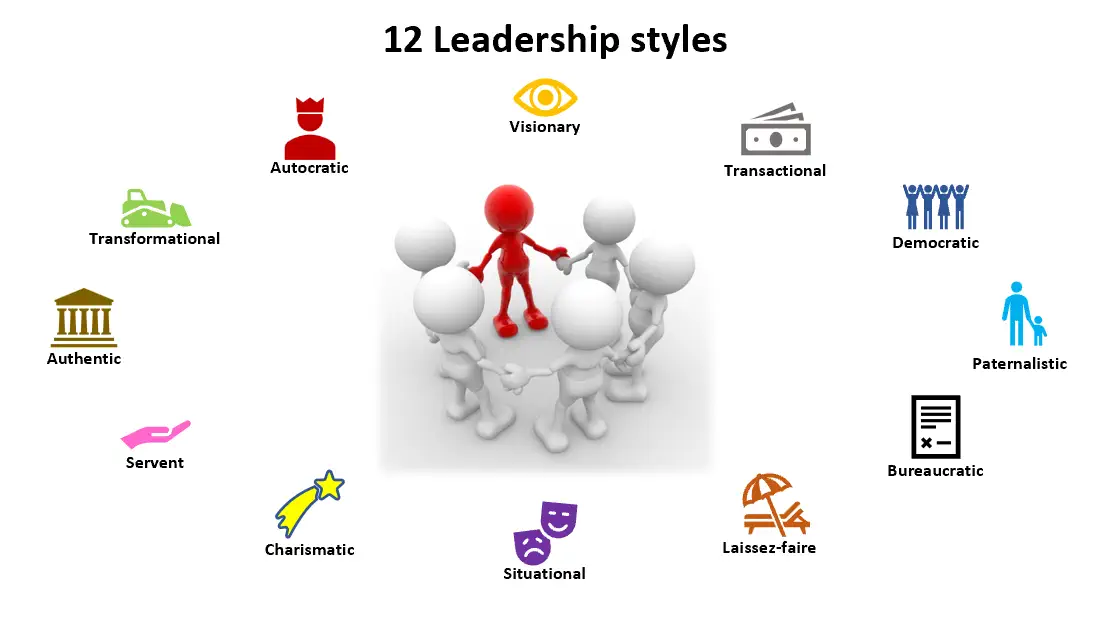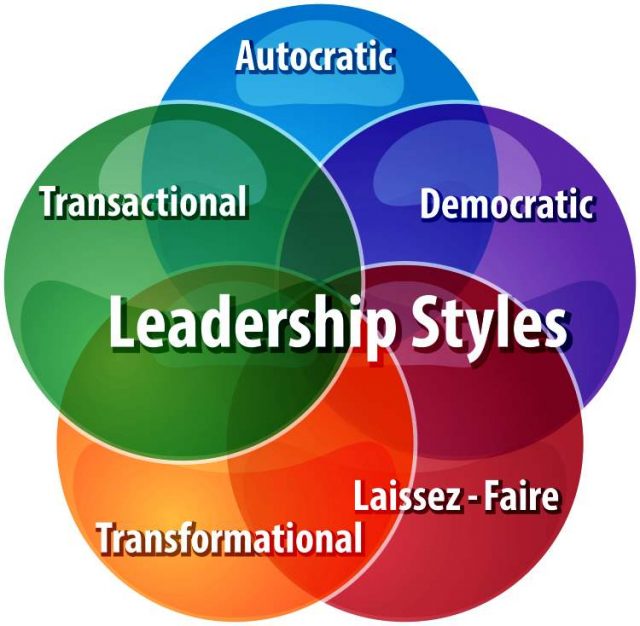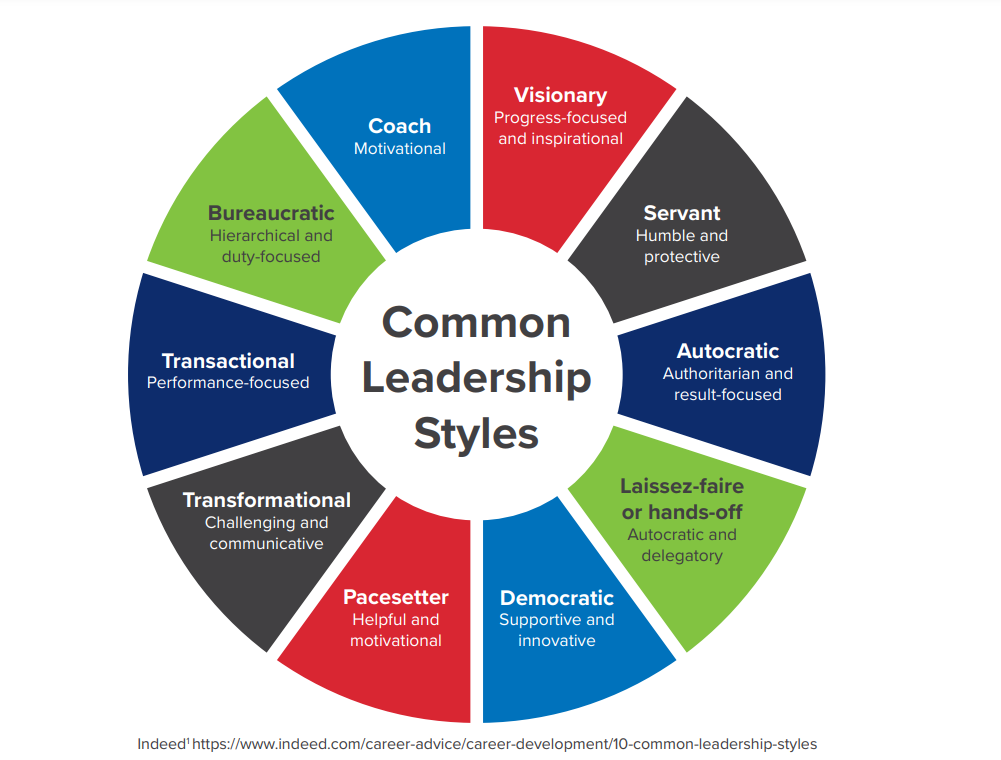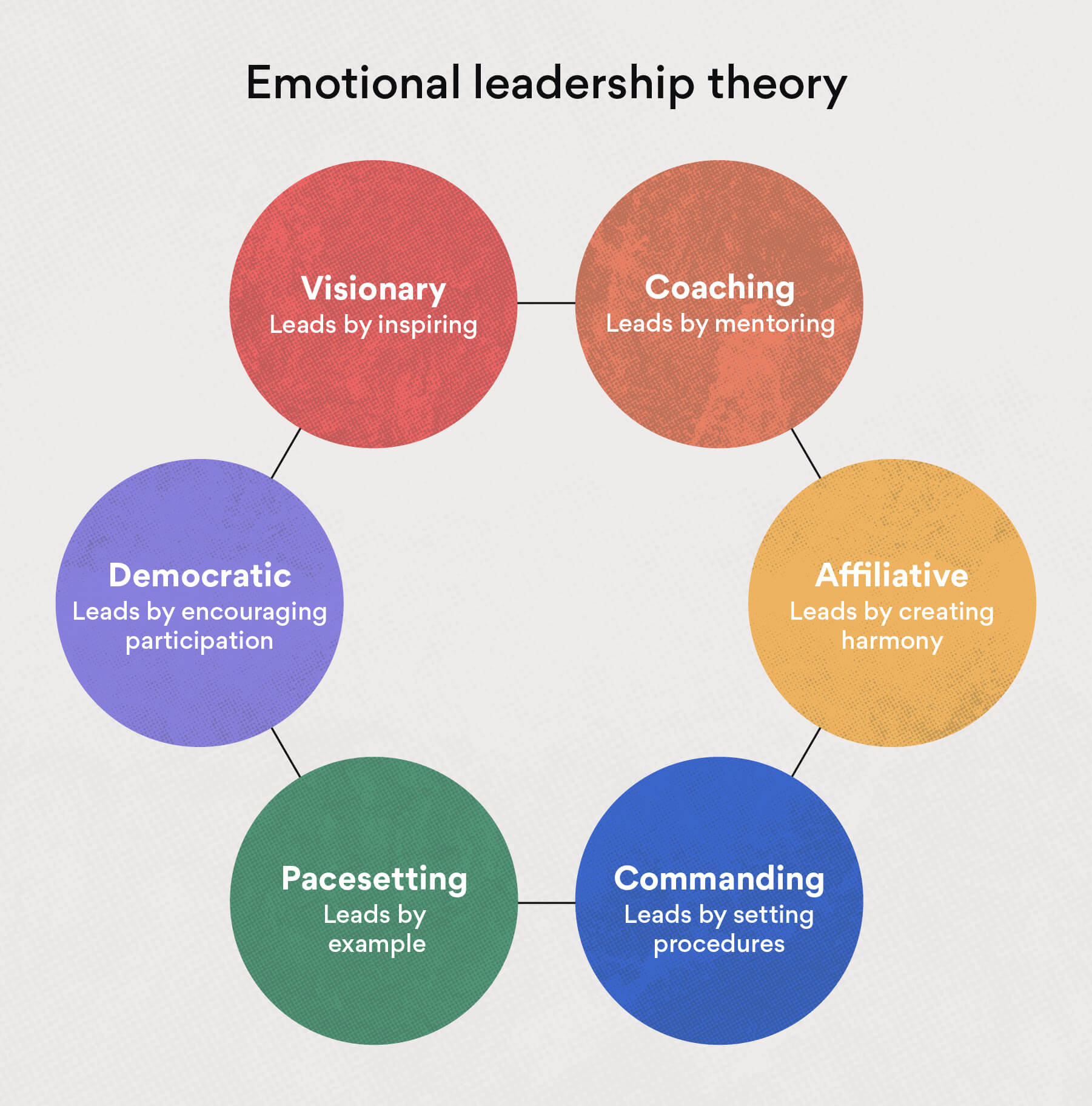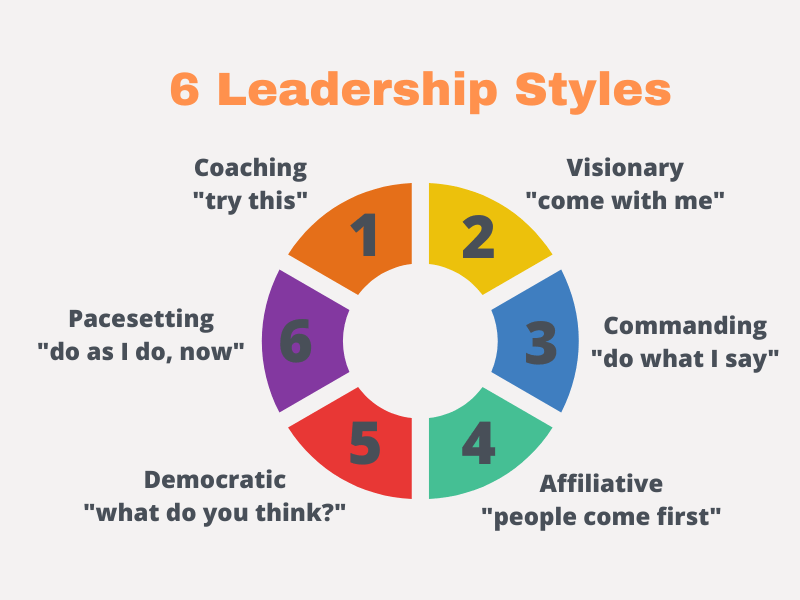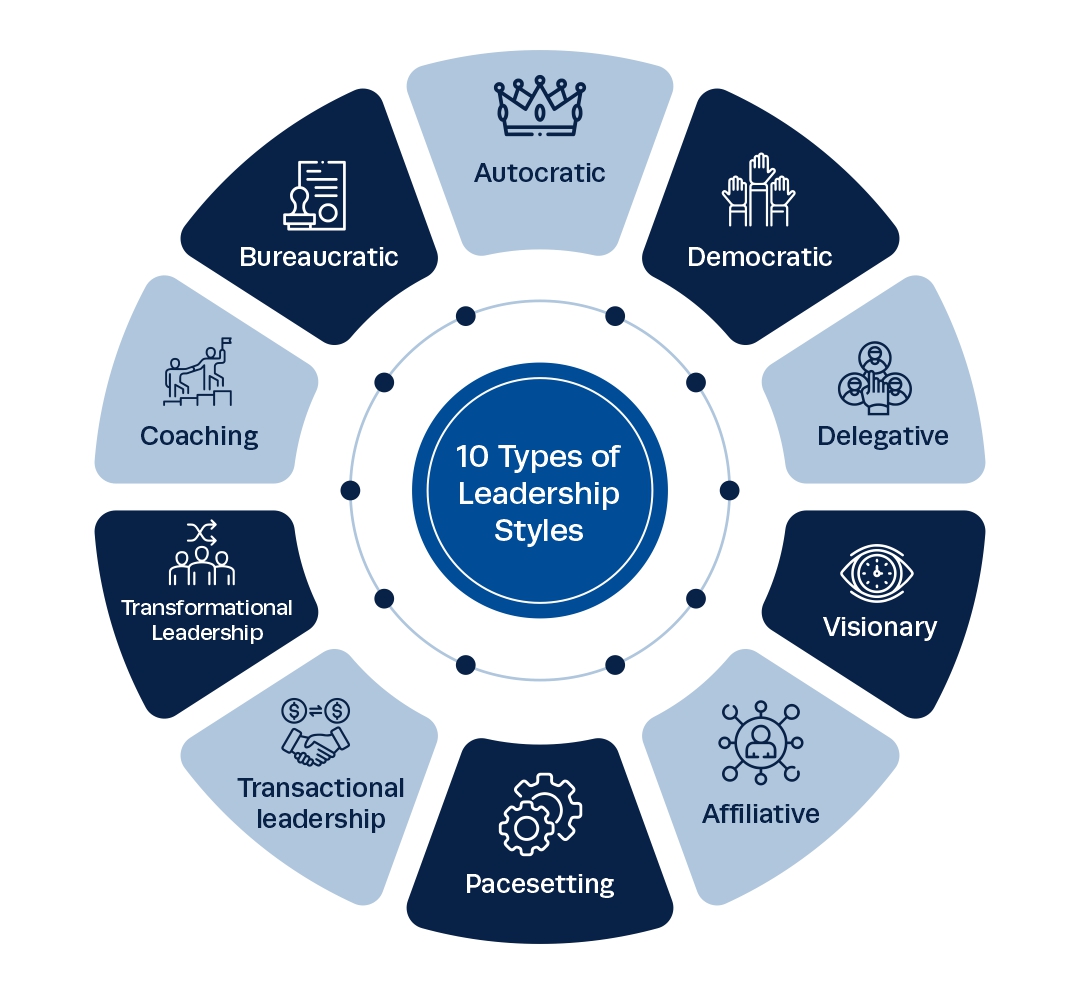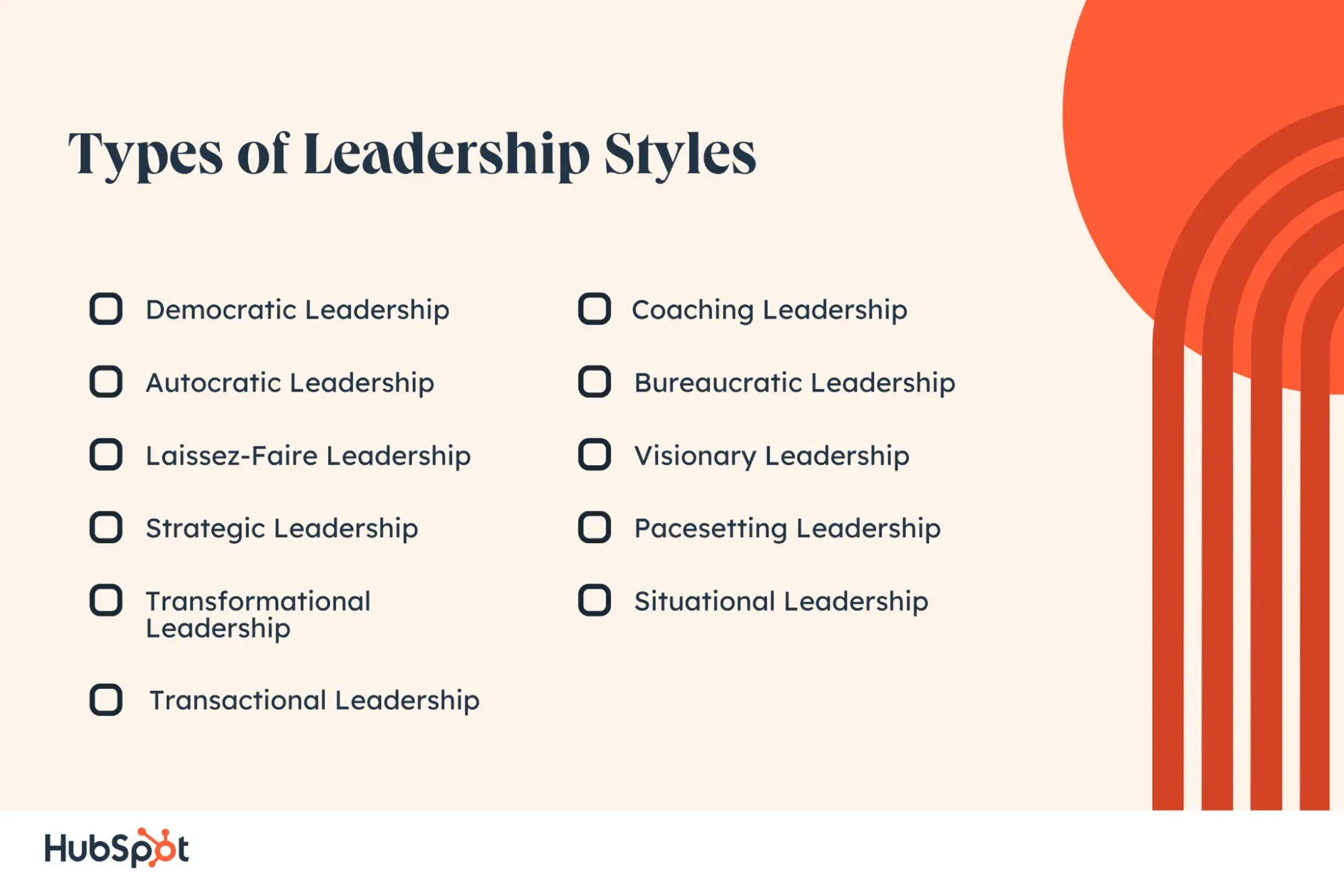What Are The Different Types Of Leadership Styles

In today's dynamic and rapidly evolving world, effective leadership is no longer a one-size-fits-all concept. Organizations are increasingly recognizing the need for adaptable leaders who can navigate complex challenges and inspire diverse teams.
Understanding the nuances of different leadership styles is crucial for cultivating a thriving and successful environment. This knowledge empowers individuals to identify their strengths, adapt to varying situations, and ultimately, lead with greater impact.
Understanding Leadership Styles
At its core, leadership style refers to a leader's characteristic behaviors when directing, motivating, guiding, and managing groups of people.
It's the unique blend of approaches and traits that define how a leader interacts with their team and influences their performance.
Identifying and understanding these styles is essential for developing effective leadership skills.
The Nut Graf: Decoding Effective Leadership Approaches
This article delves into a spectrum of prevalent leadership styles, providing a comprehensive overview of their characteristics, strengths, and potential drawbacks. We will explore autocratic, democratic, laissez-faire, transformational, and servant leadership, drawing upon research and expert opinions to illuminate their practical applications.
By examining these diverse approaches, readers will gain valuable insights into identifying the most suitable leadership style for specific contexts and fostering high-performing teams.
Common Leadership Styles Explained
Autocratic Leadership: The Command and Control Approach
Autocratic leadership, also known as authoritarian leadership, is characterized by a leader making decisions independently, with little or no input from team members.
This style can be effective in situations requiring quick decisions or when dealing with inexperienced teams, according to a study from the Harvard Business Review. However, it can also stifle creativity and lead to low morale if overused.
Democratic Leadership: Collaboration and Participation
Democratic leadership, also known as participative leadership, emphasizes collaboration and shared decision-making. Leaders encourage input from team members and value their contributions.
This style fosters a sense of ownership and can lead to increased engagement and creativity, according to research by Kurt Lewin. However, it can be time-consuming and may not be suitable for urgent situations.
Laissez-faire Leadership: Hands-Off Approach
Laissez-faire leadership, also known as delegative leadership, is characterized by a hands-off approach where leaders provide minimal guidance and allow team members to make their own decisions.
This style can be effective with highly skilled and self-motivated teams, as stated in a report by the Chartered Management Institute. However, it can also lead to a lack of direction and accountability if not implemented carefully.
Transformational Leadership: Inspiring and Motivating
Transformational leadership focuses on inspiring and motivating team members to achieve extraordinary outcomes. These leaders possess a clear vision and communicate it effectively, fostering a sense of purpose and commitment.
According to Bernard M. Bass, a pioneer in transformational leadership research, this style can lead to higher levels of performance and innovation. However, it requires strong communication and charisma from the leader.
Servant Leadership: Putting Others First
Servant leadership prioritizes the needs of team members and focuses on empowering them to grow and develop. Servant leaders lead by serving, fostering a culture of trust and collaboration.
Research from Robert K. Greenleaf, who coined the term, suggests that servant leadership can lead to increased employee satisfaction and engagement. However, it may not be suitable for all organizational cultures or situations.
The Importance of Adaptability
No single leadership style is universally effective.
Effective leaders are adaptable and can adjust their approach based on the specific situation, team dynamics, and organizational goals. This ability to flex and adapt is often referred to as situational leadership.
Understanding the strengths and weaknesses of different styles allows leaders to make informed decisions about the most appropriate approach for any given scenario.
Looking Ahead: The Future of Leadership
As organizations continue to evolve, the demand for adaptable and empathetic leaders will only increase. Leaders who can foster collaboration, inspire innovation, and prioritize the well-being of their teams will be best positioned to thrive in the future.
Continuous learning and development are essential for leaders to stay ahead of the curve and adapt to the changing needs of the workforce.
Ultimately, effective leadership is about creating a positive and productive environment where individuals can reach their full potential.

